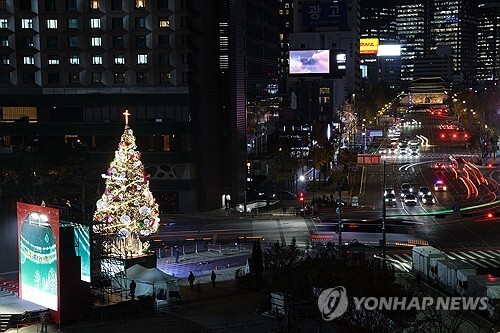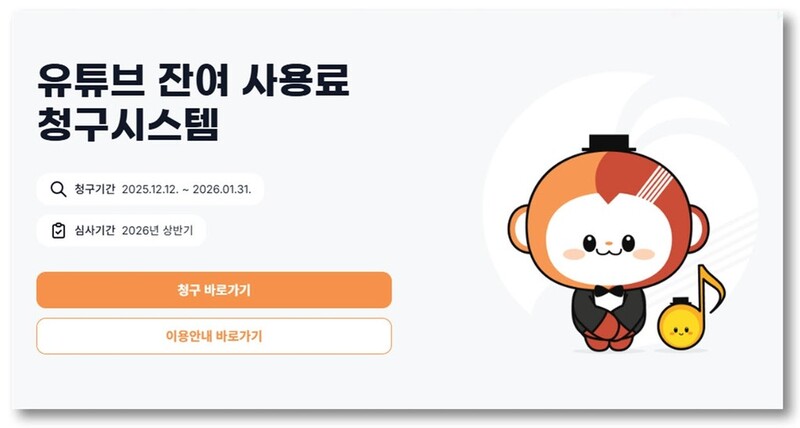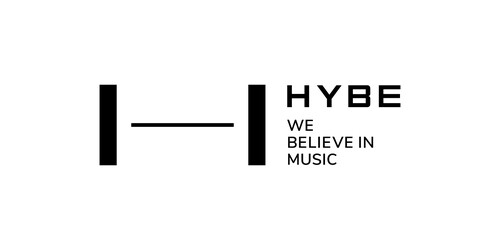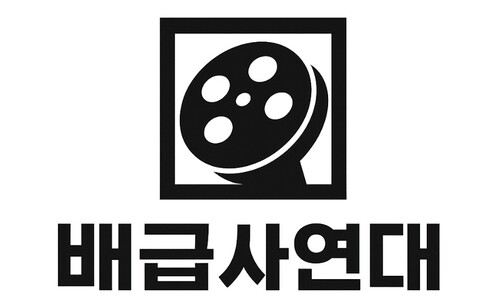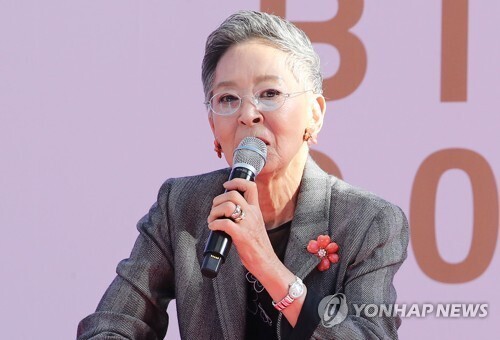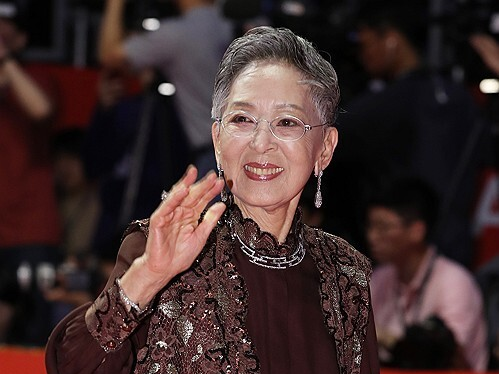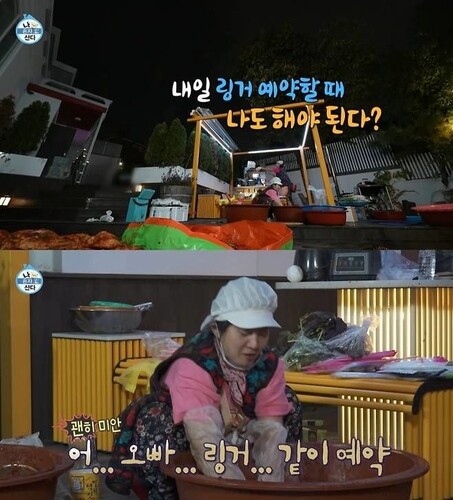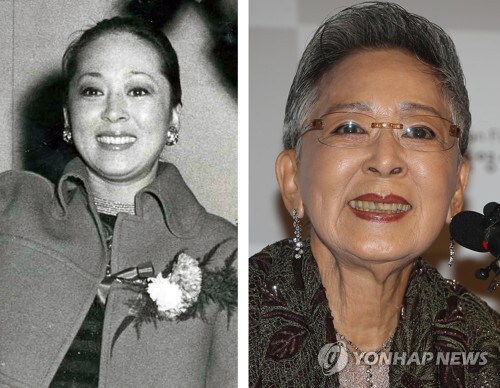by Ra Hwak-jin and Cha Min Kyung
[ENG] Boryeong Mud Festival
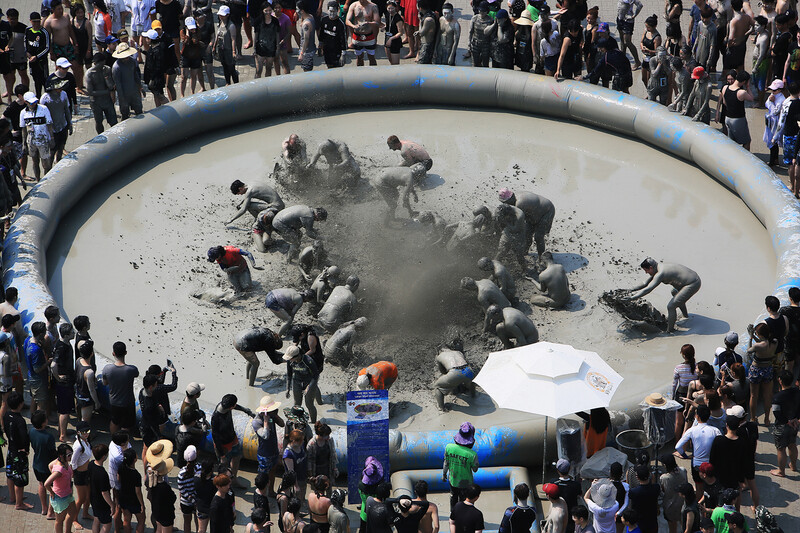 |
| ▲ This photo, provided by Boryeong City, shows participants enjoying the mudflat games at the Boryeong Mud Festival. (PHOTO NOT FOR SALE) (Yonhap) |
The Boryeong Mud Festival is one of Korea's leading summer festivals, held every July and August at Daecheon beach in Boryeong, South Chungcheong Province, which is a two-hour drive from Seoul. The point of the festival is to apply mud on one's body or their friends and learn about the value of mud.
Since the local government took effect in 1995, each local government has begun holding festivals in their respective regions to revitalize tourism in Korea. Some local festivals such as the Hansan Ramie Fabric Festival or Geumsan Insam (Ginseng) Festival are held to highlight the special resources from a particular region. On the other hand, there are also cases where festivals with themes that do not have any connection with the region are held.
In the past, the Daecheon beach was recognized as a tourist attraction for its wide sandy beach, while the mudflats in Boryeong were popular only for its clam collection. However, Boryeong city, previously known as Daecheon city, was inspired to hold a mud festival while making cosmetics using mud from the mudflats in 1994. The first mud festival was held on July 1998 and this year marks the 24th anniversary of the event.
◇ A festival enjoyed by people from all over the world
Regardless of the participants' age or status, within the Boryeong mud festival, individuals are able to feel closer to one another like members of a particular group. Just like Spain's La Tomatina, a festival where people throw tomatoes, or India's Holi, where participants color each other with colored water or solution, the mud festival gives the pleasure of bringing participants closer to one another.
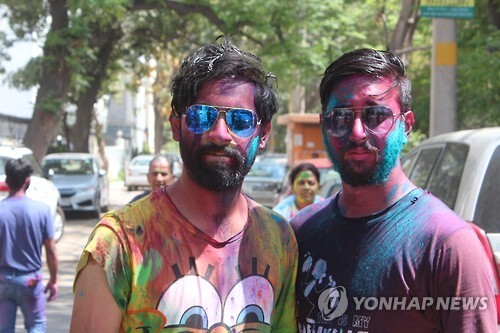 |
| ▲ This file photo taken on Mar.24, 2016, shows two men covered in different colors after celebrating the Holi festival in New Delhi, India. |
According to Boryeong City, most Korean people were hesitant to participate and paint mud on their bodies. Even the participants who came to enjoy the festival were shying away from the mud experience. The Boryeong mud festival was designated as a regional festival in 2001 in recognition of the uniqueness in using mud. However, it also suffered a crisis when its designated rating fell in 2005. The city government began to turn to foreigners who were relatively familiar with such experience-type festivals, and used strategies to attract more Koreans, such as inviting the U.S. troops to show Koreans how to actively enjoy the festival. Eventually, the mud festival became the most visited festival to this day.
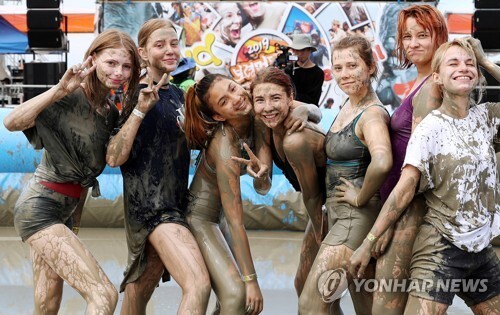 |
| ▲ This file photo taken on July 21, 2019, shows tourists enjoying themselves at the Boryeong Mud Festival in Boryeong, central South Korea. (Yonhap) |
During the 2019 festival, which was held for a total of ten days, rain and typhoons swept the city for a straight week, but a total of 1,811,000 people visited the festival site, including 388,000 foreigners.
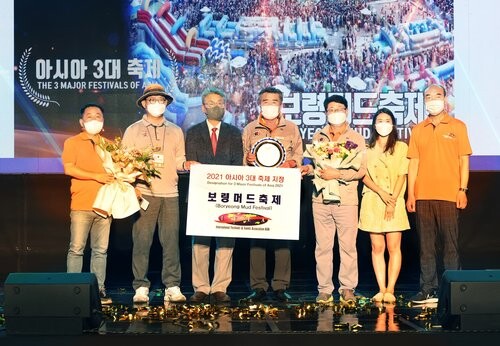 |
| ▲ This photo provided by the city government of Boryeong, about 190 kilometers south of Seoul, on July 26, 2021, shows its Mayor Kim Dong-il (C) holding a certificate of recognition that Boryeong Mud Festival has been selected as one of the three major festivals of Asia by the International Festivals & Events Association Asia. |
As much as the mud festival is visited by huge crowds, it was selected as a "representative festival of Korea" from 2008 to 2010, and as an "honor representative festival of Korea" from 2011-2014. In 2015, the festival was designated as a "global promotion festival in Korea" by the Ministry of Culture, Sports and Tourism for three years. The International Festival & Events Association recently selected the Boryeong Mud Festival, China's Harbin International Ice and Snow Sculpture Festival, and Thailand's Songkran Festival as the top three Asian festivals among the 21 festivals held in seven different Asian countries.
◇ A number of programs canceled at Boryeong Mud Festival due to COVID-19
Since applying mud to the body is the main point of the festival, the spread of COVID-19 has directly affected the festival. In 2020, the festival was virtually canceled as it was held online. This year, the mud festival started on July 23 and is being held both online and offline until August 1, however the scale of the offline festival has been drastically reduced.
The three programs, including the "The world useless act contest on the mud," "Mud Flat Marathon," and "K-Hope Concert," which were originally planned to be held offline, were canceled due to the fear of multiple gatherings. In the end, only five programs such as the "Mud Spray Showerbooth" and "Mud Beach-care" will be held offline.
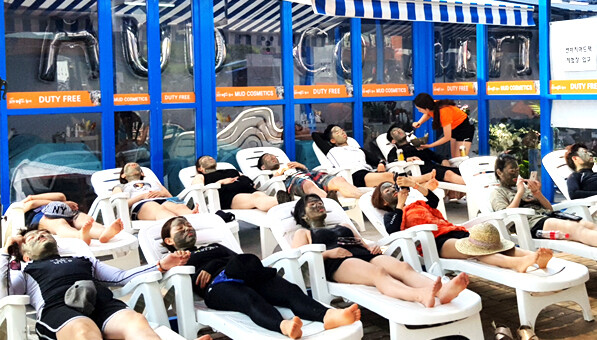 |
| ▲ This photo, uploaded on the Boryeong Festival & Tourism Foundation official website, shows participants enjoying the "Mud Beach-care" program. (PHOTO NOT FOR SALE) |
In addition, the festival will also include 11 online programs such as the "Home Mud Experience & Mud Live in the World" using a streaming platform.
| ▲ This photo, provided by Boryeong City, shows part of the online concert held during the Boryeong Mud Festival. (PHOTO NOT FOR SALE) (Yonhap) |
Details of this year's festival can be found at https://mudfestival.or.kr/en/festival/main.html. Boryeong city is also preparing to hold a "Boryeong Marine Mud Fair" during next year's festival.
(END)
(C) Yonhap News Agency. All Rights Reserved







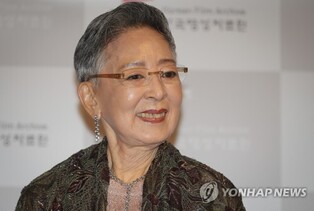

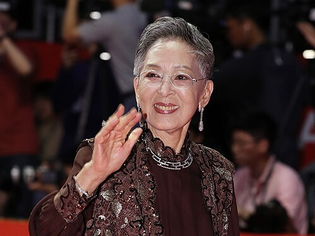
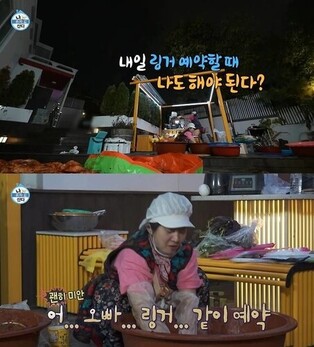
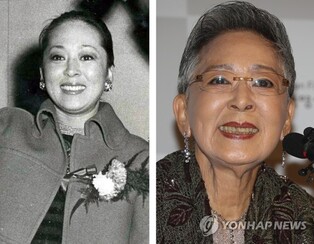
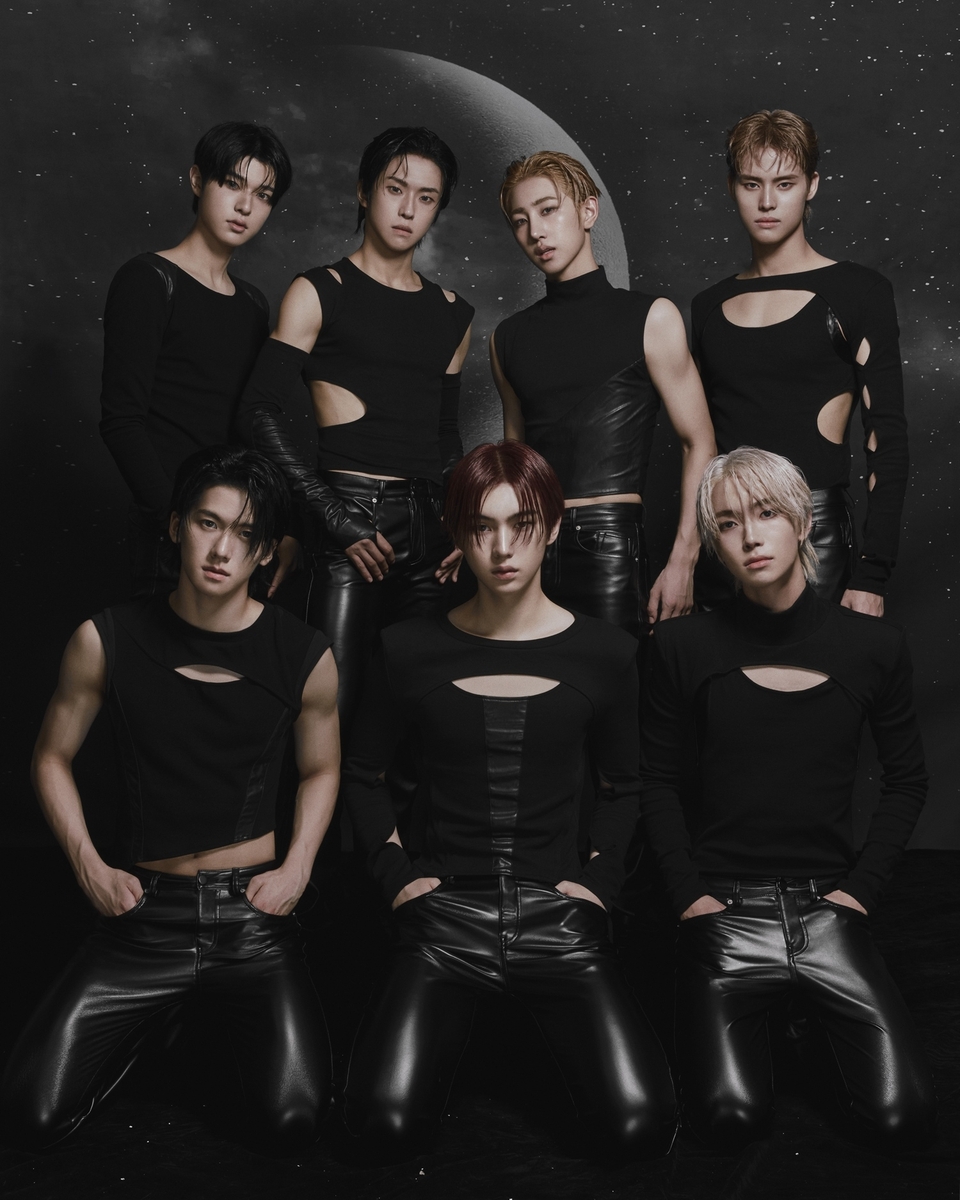
![[가요소식] 지코, 요아소비 이쿠라와 신곡 '듀엣' 발매](https://korean-vibe.com/news/data/20251212/yna1065624915953509_920_thum.jpg)
